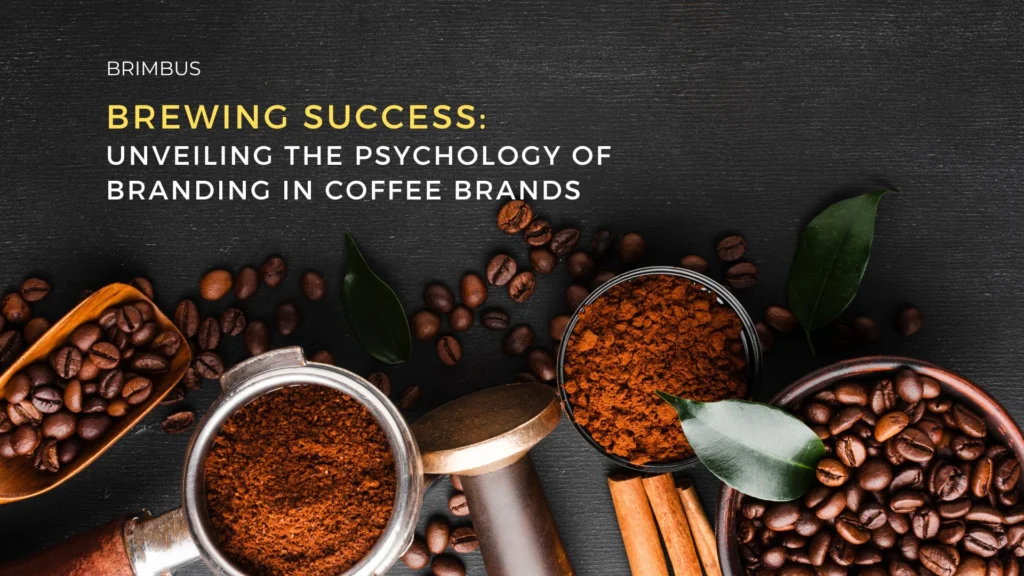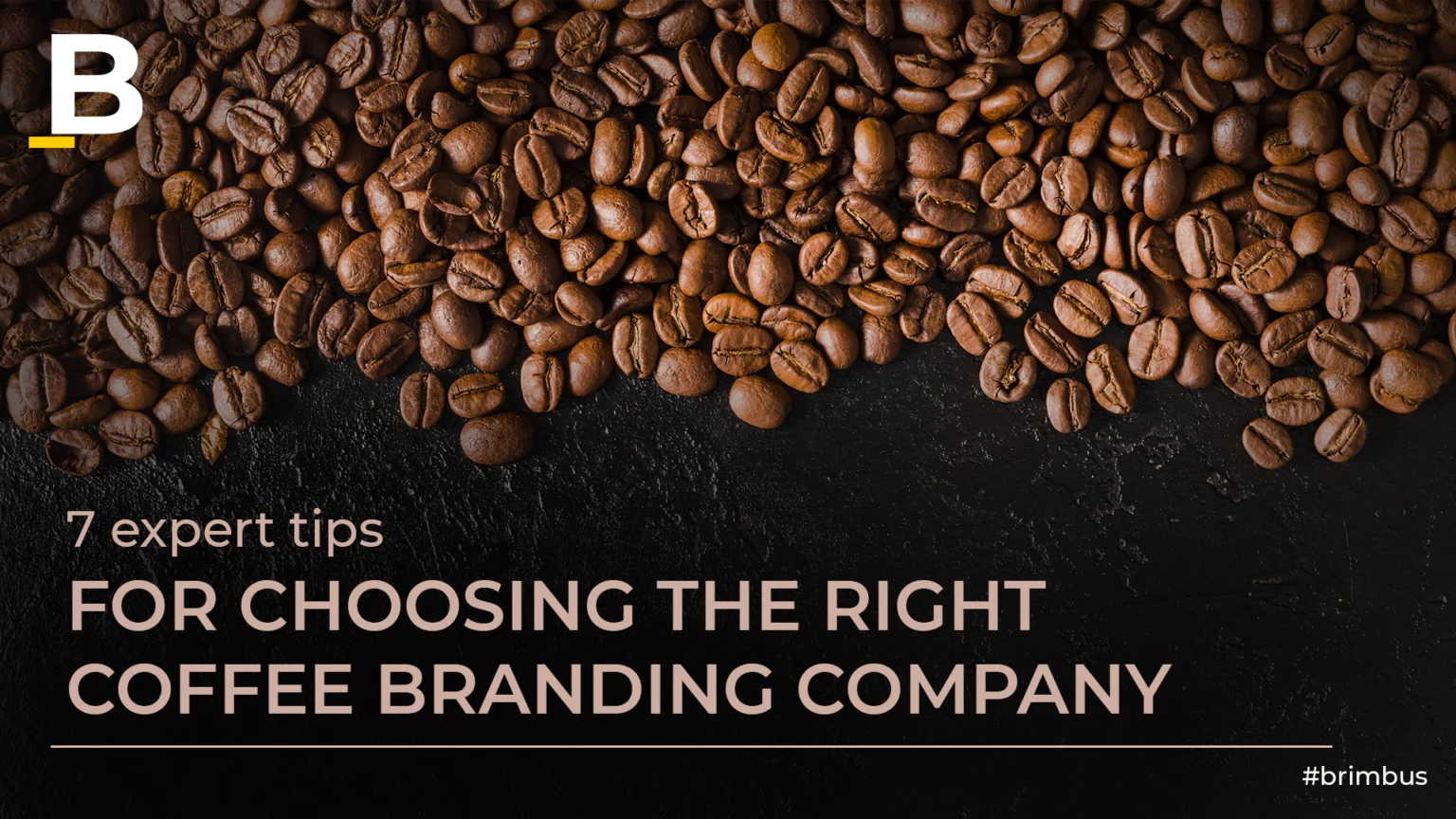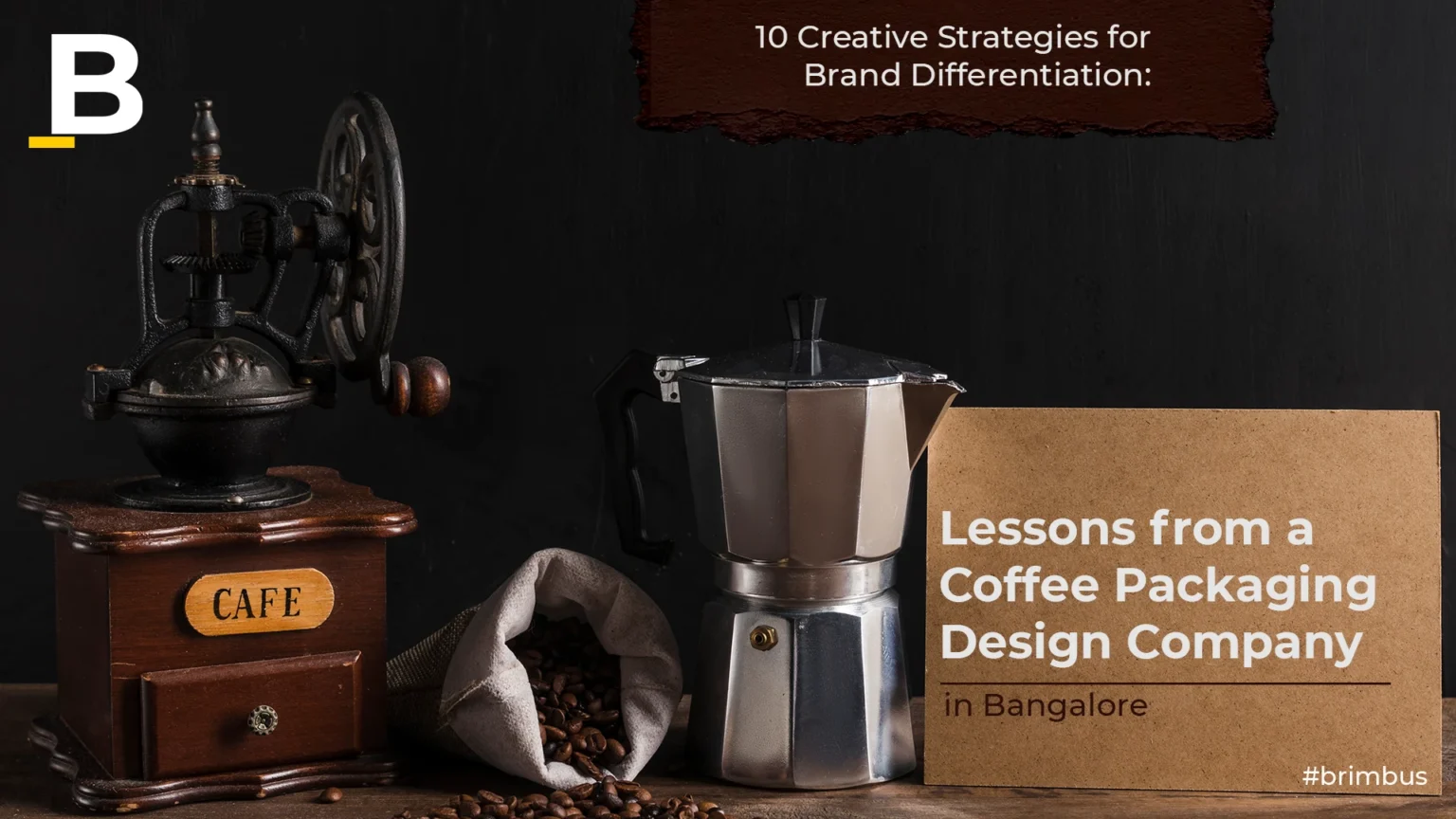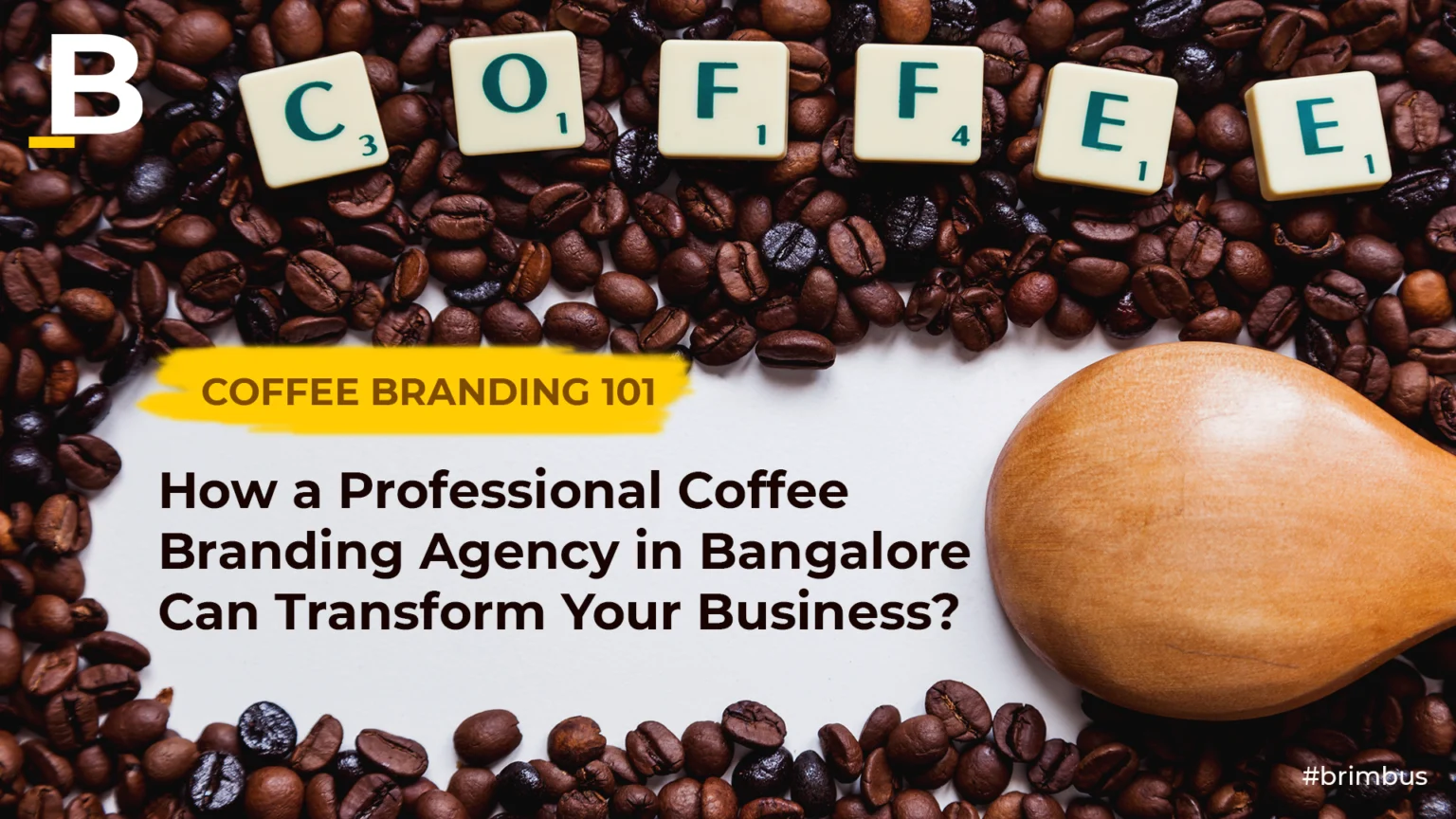Brewing Success: Unveiling the Psychology of Branding in Coffee Brands
Recent Posts
Share this article:
The psychology of branding in coffee brands dives into the perplexing speciality of making a distinctive and compelling identity that goes past simple logo design. In the world of hospitality, where sensory experiences play a vital role, coffee brands leverage psychological principles to create environments that not only please the palate but also engage the mind. Colours, for example, are carefully decided to summon explicit feelings. warm tones, for example, rich browns and profound reds can make a comfortable and welcoming environment, while more splendid shades like greens, violets blues and yellows could convey a more dynamic and lively climate. The selection of text styles in menus and signage can quietly impact discernment, conveying a feeling of refinement, energy, or moderation. Symbolism, whether through cautiously arranged craftsmanship or Instagrammable inside plans, adds to the general story of the brand. Consistency across these visual components lays out a significant presence as well as encourages a feeling of dependability and trust among supporters. Beyond aesthetics, the psychology of branding in coffee brands reaches out to the actual substance of the client experience — conjuring sentimentality, taking advantage of social references, or lining up with values that reverberate with the target audience. Eventually, the success of a coffee brand can be determined when there is a balance between the design elements and the consumer psychology which will eventually benefit both the coffee brand and the people who will cherish your coffee.
Psychology of Branding through Various Aspects : Colour psychology
The psychology of branding starts with the selection of colour palettes by coffee brands which reaches beyond mere aesthetic considerations; the psychology of colours in coffee branding serves as a powerful psychological trigger. Dominatingly warm tones, including profound browns, rich reds, and natural hues, rule these ranges, deliberately creating an environment that radiates solace and warmth. These varieties not only mirror the profound and welcoming tones of newly prepared coffee yet in addition deftly tap into our subconscious longing for a cozy and familiar experience. Coffee brands that look for a more lively presence go with colours that are more vibrant and immediately grab the attention of coffee lovers. Colours like blue, pink, orange and violet give the customers a more modern age cheerful feeling.
This conscious use of colour psychology in coffee branding goes past simple feel in the psychology of branding; it deals with a more profound level to shape buyer perceptions and feelings. On account of some of the famous coffee brands like Starbucks, the deviation into the domain of green separates the brand as well as passes on a one-of-a-kind message of newness, development, and a departure from the normal.
Eventually, the strategic use of colours in coffee branding is a demonstration of the mind-boggling manners by which visual components can impact our feelings, perceptions, brand loyalties thus bringing out the essence of the psychology of branding. Be it any shades of colours, coffee brands wield the power of colours to make enduring impressions and produce connections with buyers in a profoundly competitive market.

Psychology of branding: brewing narratives
In the competitive world of coffee branding, the psychology of branding comes through storytelling which turns into a powerful strategy, consistently laced with the aromatic charm of the brew to make a profound emotional connection with the consumers. Coffee brands do not just sell their coffee, they narrate the whole story of how they grow their coffee, what significance these coffee beans have and how they roast it. This journey of coffee powder told as a story helps people feel more connected to the brand and develop a sense of value that is attached to the brand. The stories stretch out to the brand’s central goal, infusing purpose into each taste, whether through sustainability, fair exchange, or community engagement. Recognizing consumers’ yearning for authenticity, coffee brands share tales of how they sourced beans and what practices they follow while making coffee powder, which helps customers build trust with the coffee brand. To take an example, the Kruti coffee brand has a small narrative written on its packages to help the customers feel a connection to the coffee they are consuming. As consumers explore coffee choices, they are attracted to brands that rise above business, becoming stewards of values reflecting their own. In this combination of aromas and stories, coffee brands offer more than a drink – they present a common excursion that reverberates with the hearts and upsides of those relishing both the espresso and the narratives woven into each cup.

Psychology of Branding: Unwrapping anticipation through packages
The packaging of coffee acts as a material experience in the psychology of branding, that embodies the item inside as well as makes way for the impending blending experience for the consumers. It extends beyond the functional job of protecting the newness of the coffee; it turns into a pivotal expansion of the coffee brand’s personality. The choice of packaging material, whether it’s the natural and earthly feel of a crafted paper bag or the sophisticated design of a high-end coffee canister, turns into a deliberate and sensory part of the consumer’s venture. In this realm, psychology plays a critical part in creating anticipation among consumers. The opening of the coffee package transforms into a moment of excitement, a divulging that increases the general delight and enthusiasm for the coffee powder. Every person who touches the package will feel like it is a preview of the coffee content that is present inside. It makes the customer feel more excited about the product. Good packaging will add excitement for the customer to use the product and eventually make them a more loyal customer. As customers interact with carefully picked materials, surfaces, and designs, they not only draw in with the rawness of the product but also drench themselves in the brand story, making the packaging a fundamental piece of the coffee ritual.

Psychology of Branding: Logo Design
Psychology plays an important role in the design of a coffee brand logo, which goes beyond mere aesthetics. The psychology of branding mainly relies on how the consumers perceive the logo of the coffee brand. It is a strategy to engage with customers on a subconscious level. The colours that are selected for the logo design hold an important significance, as warm and earthy hues like green, brown and red bring out a sense of comfort and familiarity. These colours are known to show a cosy ambience and are usually associated with coffee consumption. Most brands in the current coffee market tend to show the brand’s liveliness and cheerfulness with more vibrant colours like blue, yellow, violet and pink. This immediately grasps the attention of the people. Adding on to the colours, the choice of shapes, symbols and imagery can bring out the value of the coffee brand or the cultural value that is associated with the brand. The symbols can be as simple as coffee beans or a coffee cup and this can instantly help consumers feel connected to the product and the brand. The font style and calligraphy that is used also have an impact on how well the coffee consumers remember the brand. The coffee brands that use eligible fonts tend to attract customers more as consumers always look for something that they can easily read and relate to. This style can be seen in the brand SLAY Coffee. The spatial arrangement and the balance in the logo can also influence the perceptions; asymmetry may convey creativity and uniqueness, while symmetry might suggest stability and tradition.
Psychology of branding: Bringing out the cultural connection
As we spoke about telling stories about the coffee brand most brands have a cultural value that is attached to their coffee. The psychology of branding insightfully perceives this significant association and decisively influences it to speak to an explicit group of people. Whether it’s embracing the respected practices of coffee utilization in a specific region or spearheading creative blends that stand out in a worldwide market, the historical significance become vital. By taking advantage of the traditional customs, inclinations, and significant importance related to coffee in various societies, brands make a story that resonates with local sensibilities. As people sip their coffee of choice, they become part of a larger tapestry that weaves together shared experiences, traditions, and a collective appreciation for the coffee in day-to-day life. Brands that skillfully explore and embrace these cultural intricacies raise the meaning of their coffee as well as develop a loyal customer base by giving a coffee drink as well as an association with heritage and identity.

Psychology of Branding: Using the Right Language
The tone of language plays an important part in capturing the attention of the people. Psychologically people look for a connection with everything and when they feel that they can resonate with something they immediately feel closer. This can be achieved by talking in people’s language. Having a simple and fun tone to the story that is told on the coffee packages and coffee journals will help the customers understand the brand better and the values they portray through the coffee. Sometimes it is good to use the native language of the people so that the localities are also able to cherish the coffee. Big coffee brands like Starbucks and Third Wave Coffee show the brand name in the language of each state to help the localities read better and make them feel more connected. Talking in the language of the people will help them go back to the brand more often.
The whole world is connected through psychology and when it is utilised effectively there are more chances for a coffee brand to be more successful. The psychology of branding will always keep differing based on the changing world and so it is important to stay up to date with the changing trends and likes of people. If a brand cannot adapt to the constant changes the brand will struggle to stay on top of the competitive world.








